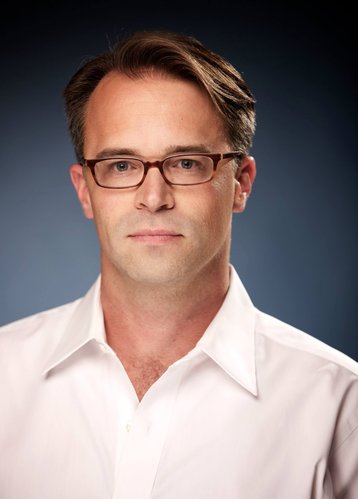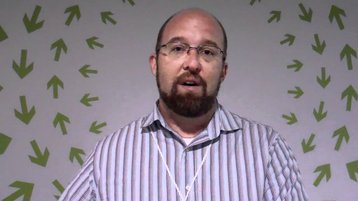Jason Taylor, vice president of infrastructure at Facebook, was elected as the new chairman of the Open Compute Project (OCP) at the organization’s meeting in New York last week. He replaced Frank Frankovsky, one of the original architects of Facebook’s Open Compute.
The appointment was announced in blog post earlier today.
The OCP Foundation board of directors meets every quarter. Once every year these meetings include the nomination and election of board leadership for the upcoming year.
New man at the helm of OCP
At this quarter’s meeting – held on Sept. 10, at the Goldman Sachs offices in New York – the board discussed a new approach to selecting its leadership and decided to adopt an annual rotation among the member companies who serve on the board: Facebook, Goldman Sachs, Intel, Microsoft, and Rackspace.
The OCP’s announcement today said: ”Our hope is that this new approach will allow for each of these companies to bring their unique experiences and perspectives to bear on the work we’re all doing together. With this in mind, we are delighted to announce that Jason Taylor… will serve as the president and chairman of the OCP Foundation board of directors from October 2015 to October 2016.
”In his role at Facebook, Jason leads the teams responsible for hardware engineering, server budget and allocation, technical program management, architecture reviews, and long-term infrastructure planning. He has been an active OCP board member since 2014.”
The move, which could indicate that Facebook is putting itself back in the driver’s seat of the Open Compute movement, has taken some supporters of the project by surprise and generated much debate amongst the OCP community since the decision was made on Saturday. It is not clear yet what Facebook’s motivation is, though it is clear the company has been vocal and at times at odds with the community it helped build.
Facebook role?
“This is a surprising development and I hope one that proves positive,” said Cole Crawford, CEO of Vapor IO, who developed the OCP’s hardware license in his time as the founding executive director of the project.
“Facebook helped OCP achieve worldwide recognition for open source hardware, which was a massive leap forward in taking forward the process of sharing and making real IT initiatives that take place openly, quickly, efficiently and without gratuitous differentiation,” Crawford told DCD.
The Open Compute Project grew out of Frankovsky’s role as the head of hardware design and supply chain optimization at Facebook. In a bid to cut costs and allow hardware development to catch up with the rapid changes in software design, Facebook created blueprints for its own custom IT hardware, and released them to the community.
Open Compute hardware now includes servers and switches - see our roundup of available Open Compute data center switches - and the Open Compute Foundation also offers a home to projects proposing new building designs and power distribution models, including Microsoft’s suggestion to replace the uninterruptible power supplies (UPS) with on-board batteries that can feed individual servers.
Will this move make a difference?
The OCP has operated independently of Facebook, and Frankovsky’s continuing role in the Foundation after he left Facebook in 2014 served as a testament to this. With Frankovsky gone, the governance of the movement will be watched closely by the industry.
Earlier this year, the group faced controversy as some members pushed for a more rigorous testing regime for Open Compute-compatible products, while others argued that commodity equipment designed for web-scale use did not require the expense of third-party tests and could rely on vendor self-certification.
After leaving Facebook, Frankovsky took charge of Optical Archive, a storage startup which aims to use juke boxes of Blu-ray disks as a cheap way to archive data. After one year, the company was bought by Sony, which is leading the charge to push Blu-ray capacity up to 1TB.


